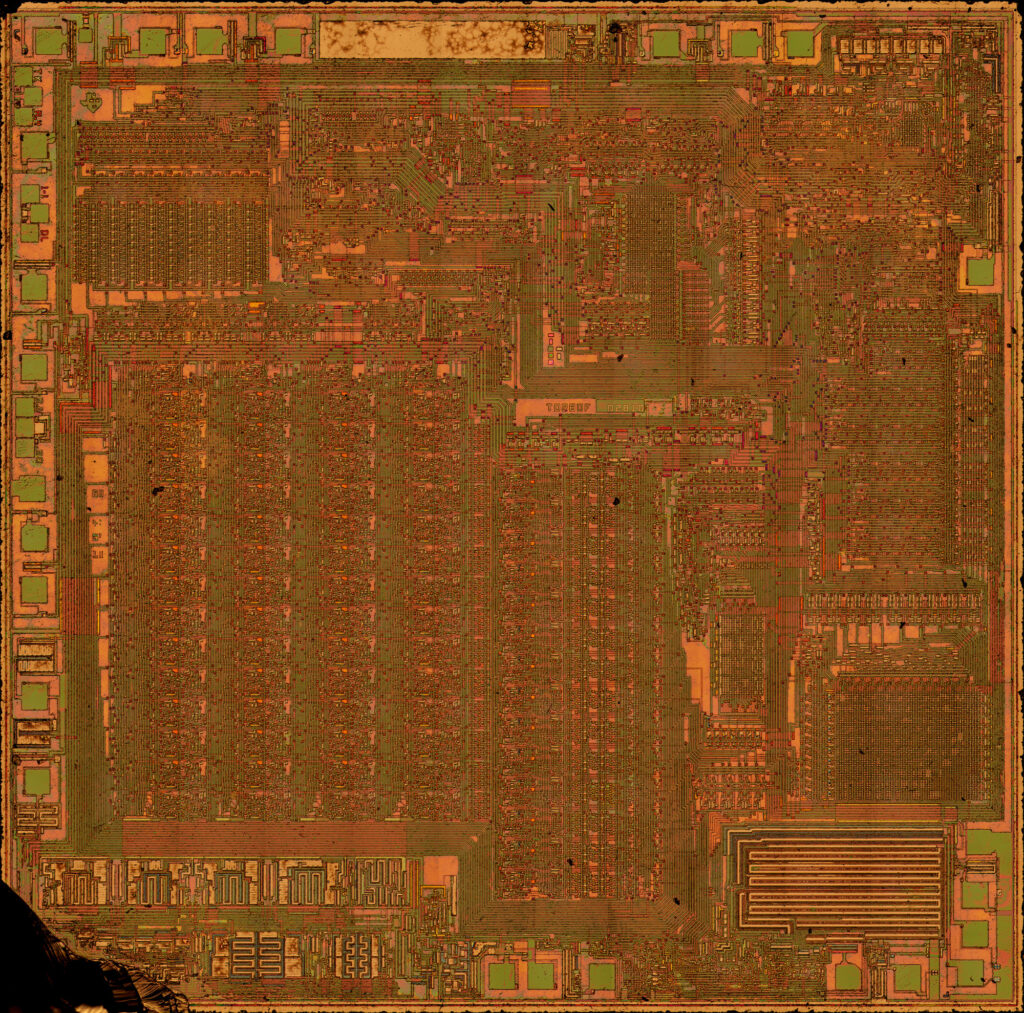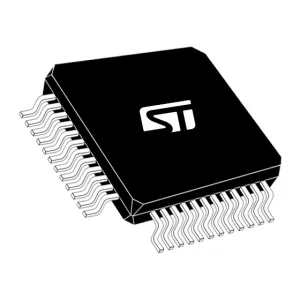 Recovering ARM Microprocessor STM32F103CB Flash Program
Recovering ARM Microprocessor STM32F103CB Flash Program
Recovering ARM Microprocessor STM32F103CB Flash Program after crack mcu stm32f103cb security fuse bit and disable the protection over the memory content, copy extracted firmware to new MCU;

The low-speed external (LSE) clock can be supplied with a 32.768 kHz crystal/ceramic resonator oscillator by Crack STM32F103CB Microcontroller Flash Memory. All the information given in this paragraph are based on characterization results obtained with typical external components specified in below Table.
In the application, the resonator and the load capacitors have to be placed as close as possible to the oscillator pins in order to minimize output distortion and startup stabilization time. Refer to the crystal resonator manufacturer for more details on the resonator characteristics when break arm mcu stm32f101cb flash memory (frequency, package, accuracy).
For CL1 and CL2 it is recommended to use high-quality ceramic capacitors in the 5 pF to 15 pF range selected to match the requirements of the crystal or resonator when Break IC Flash. CL1 and CL2, are usually the same size. The crystal manufacturer typically specifies a load capacitance which is the series combination of CL1 and CL2.

